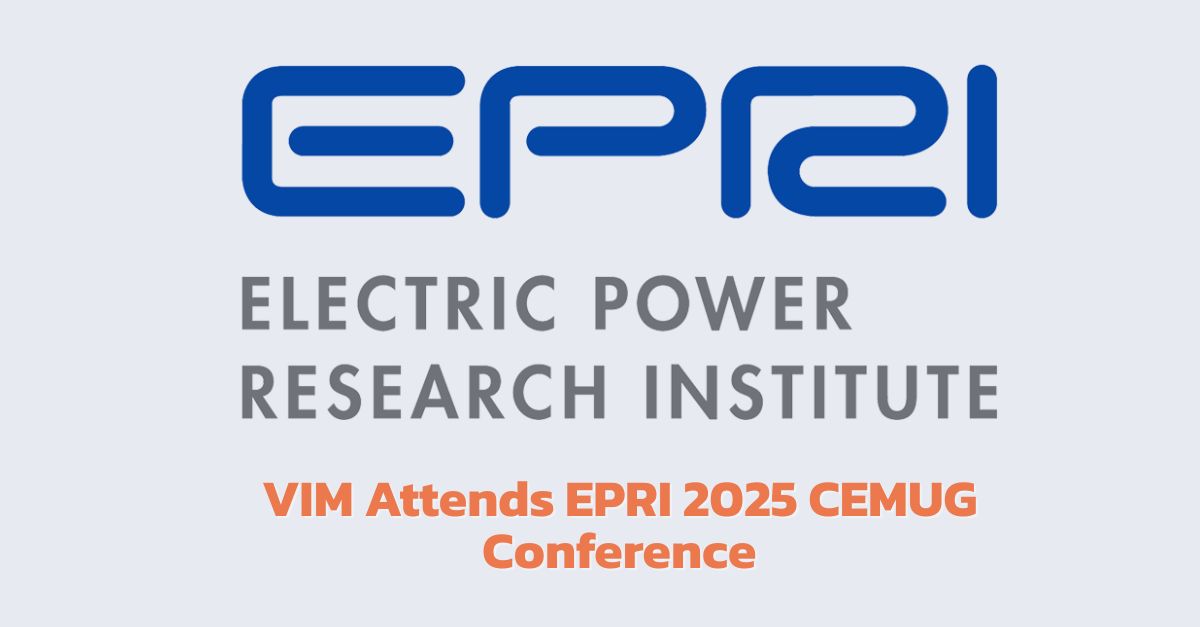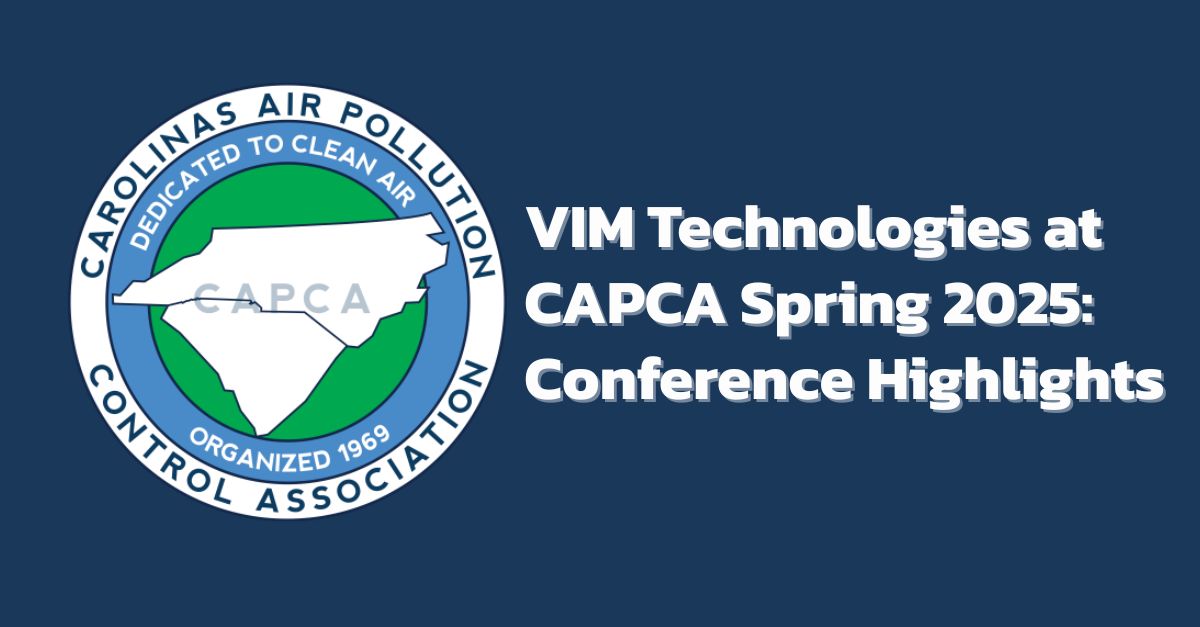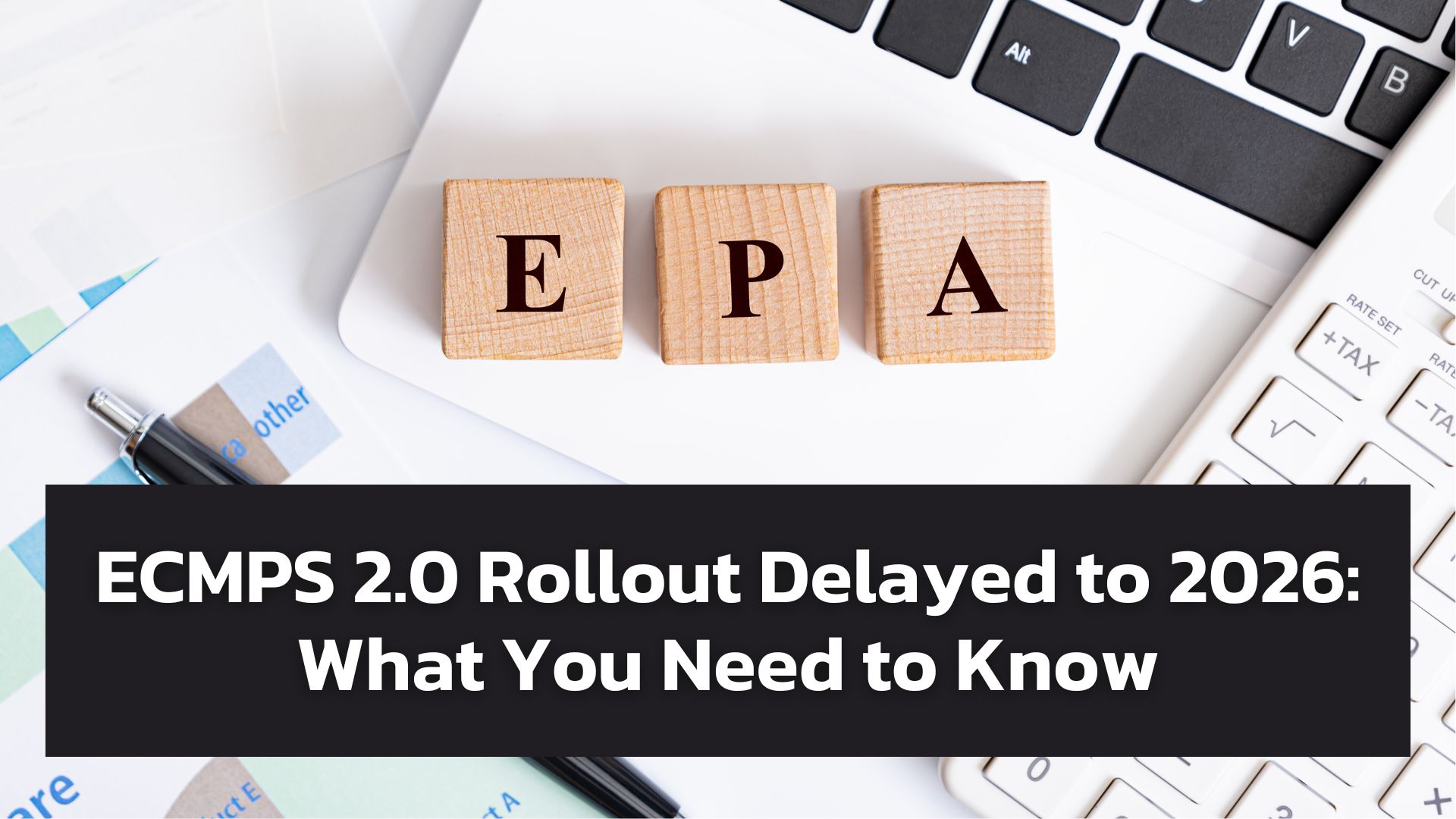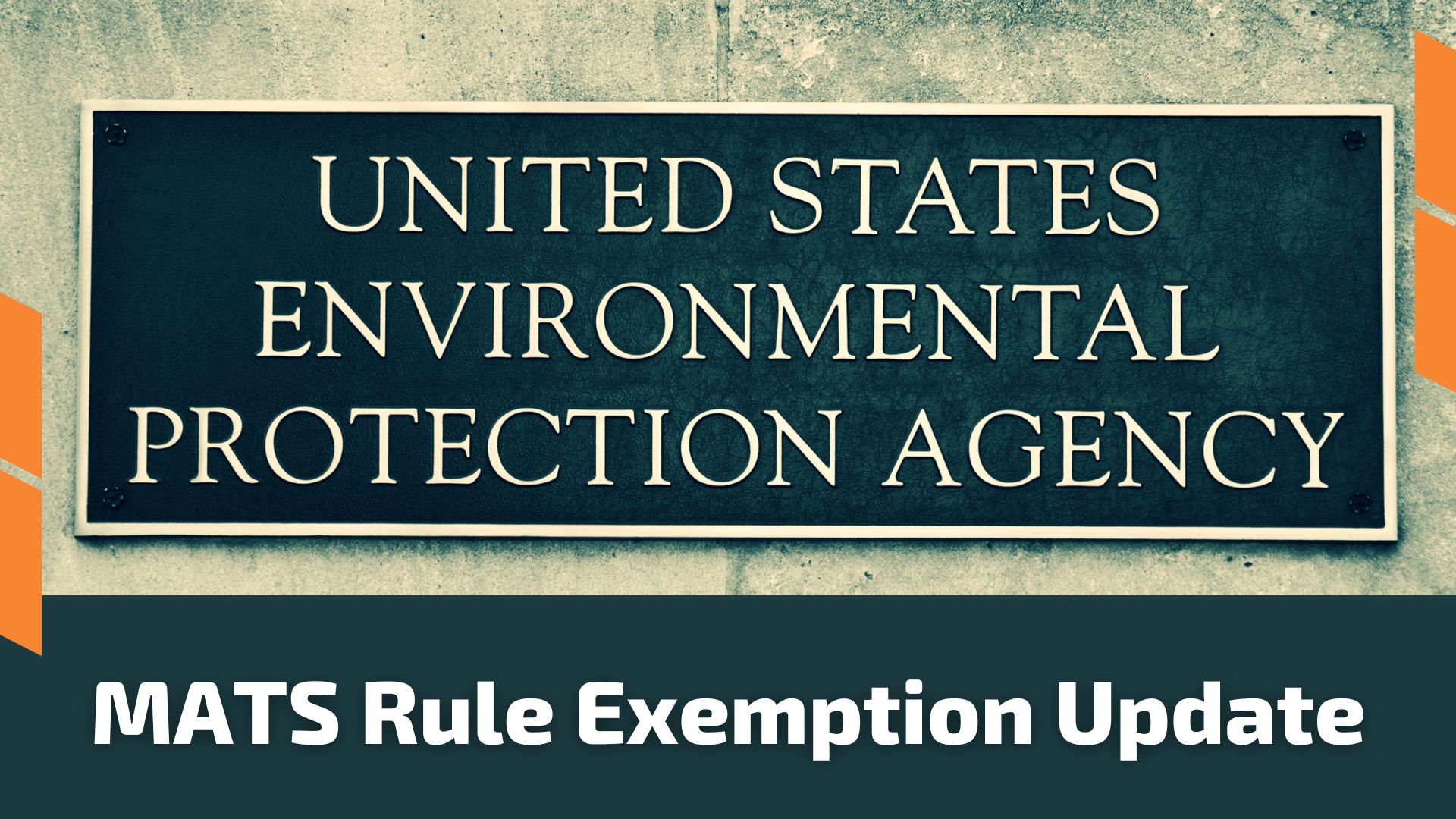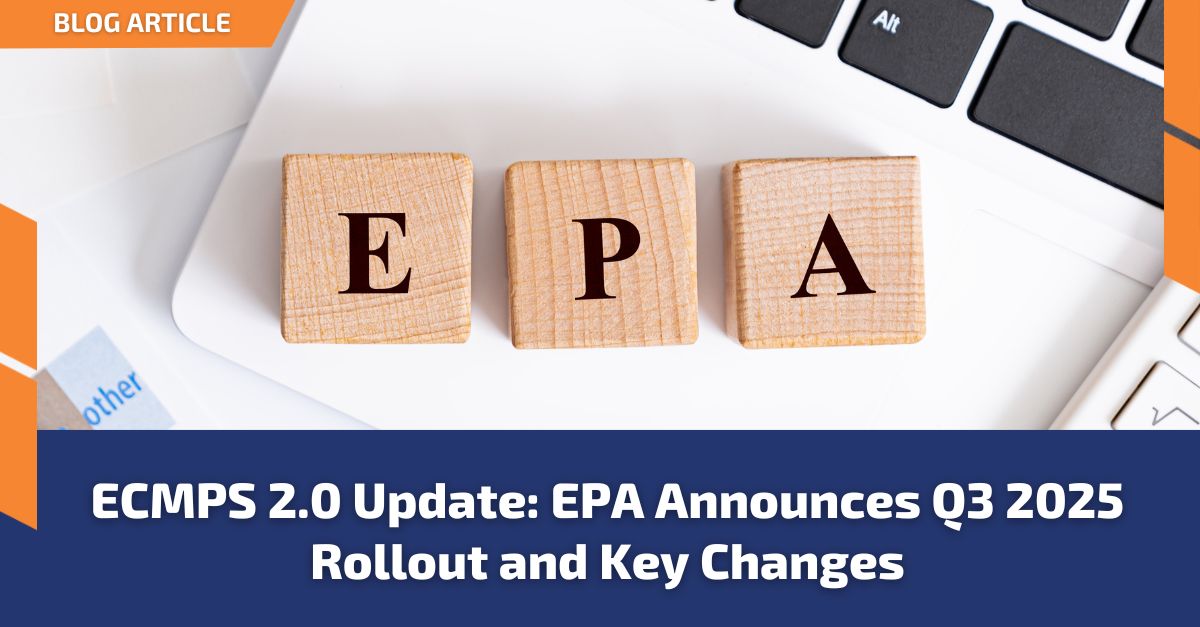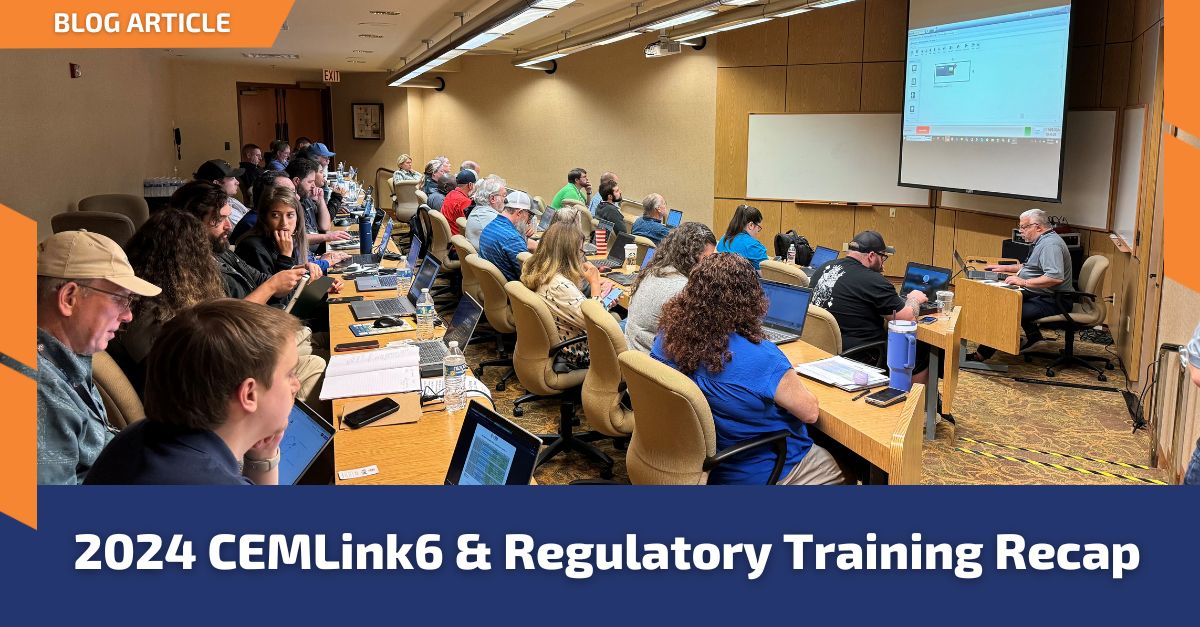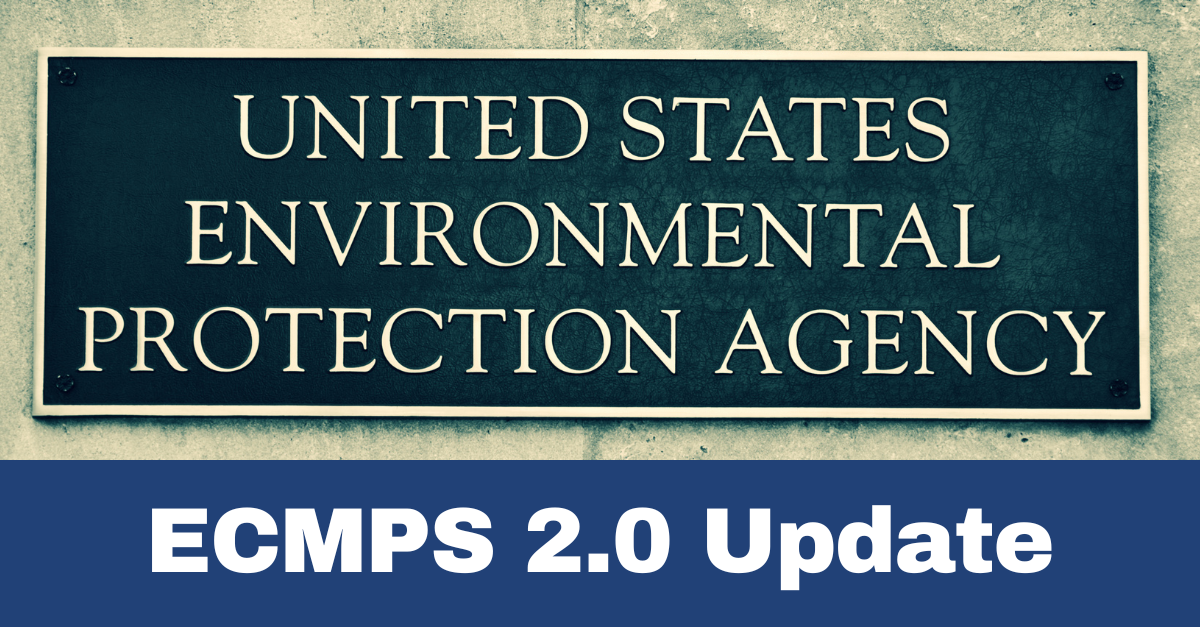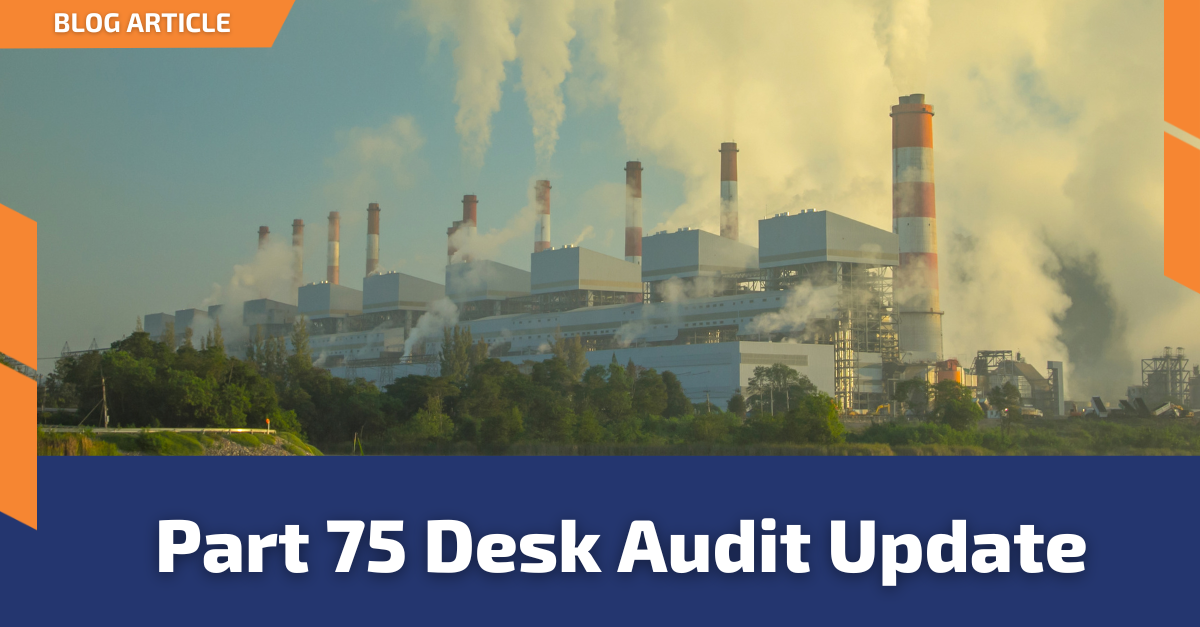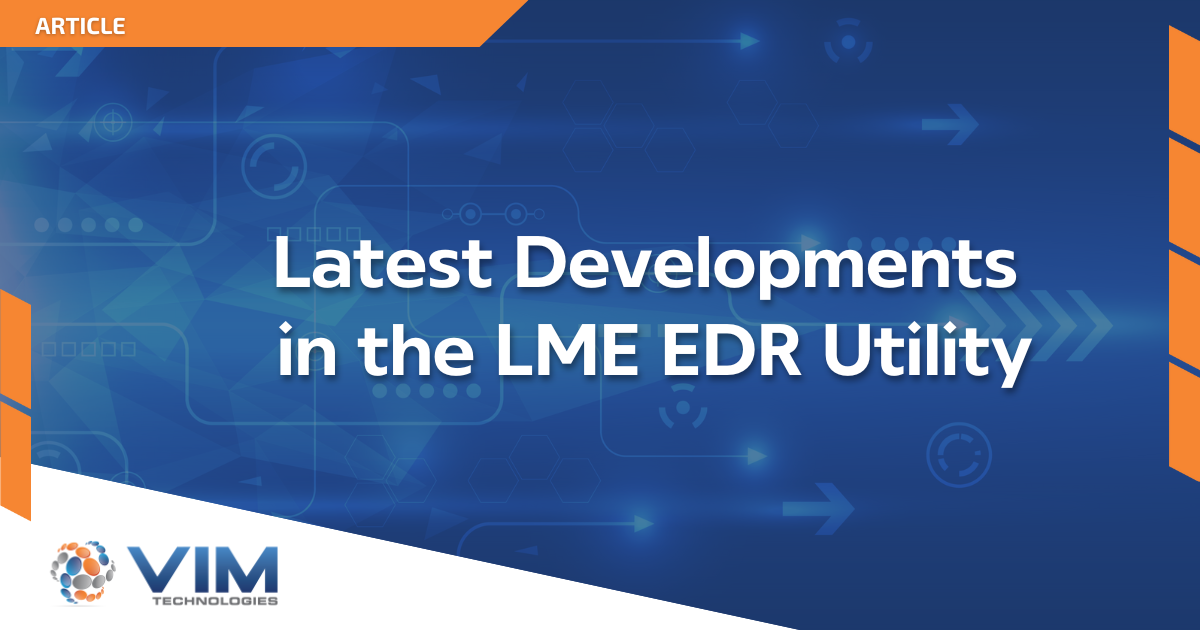The ECMPS 2.0 launch date continues to be postponed indefinitely, and EPA has stated that it will not be rolled out in calendar year 2024. Additionally, on June 3, 2024, EPA’s Clean Air and Power Division (CAPD) announced that the ECMPS 2.0 Beta and CBS Beta systems were going offline for several weeks due to maintenance. This effectively halts any testing that DAHS vendors and industry participants were performing on the new system, but also gives us time to reflect and strategize on what the year ahead looks like. Additional details regarding this scheduled maintenance event can be found in EPA’s blog post here. We wanted to take this opportunity to brief you on some important details related to the re-engineering project and what to expect once the beta systems come back online later this summer.
If you attended the EPRI May 2024 CEMUG Conference, you learned that EPA is about to make a significant pivot on the re-engineering project. While not officially going on record saying it, EPA looks to be making major changes to the direction and scope of the web based ECMPS Client Tool. It appears EPA is re-focusing its efforts squarely on the original scope from 2019, which was simply to build a web-based version of the Client Tool with the same functionality as the current one, but with a shift from XML to JSON file formats. Therefore, it is a strong possibility that EPA will pull the new MATS-related test records, originally slated for Phase II of the web-based Client Tool, from the initial rollout of the ECMPS 2.0 Client Tool. The details listed below surrounding the re-engineering project also validate this theory.
- The JSON schema documents (files that dictate what the reports should look like) for QA and EM reports do not contain ANY MATS-related elements. Test elements such as ACA, RAA, CGA, RCA, PS-11, and even the MATS quarterly compliance report are absent from the schema. While we do have draft copies of the accompanying reporting instruction documents that do contain them, there are numerous errors and omissions that make it difficult to implement. One area that needs significant improvement is the deviation and downtime section. CAPD really needs to consult with OAQPS, industry, and DAHS vendors on the formal construction of these records.
- EPA has been focused on another major change, the migration from the CAMD Business System (CBS) to Central Data Exchange (CDX). With this change, all users will need to register on CDX. If you haven’t already familiarized yourself with the CDX and Beta startup guide, VIM Technologies (VIM) encourages you to do so. A link halfway down the page will take you to the most recent version of the guide (November 21, 2023, at the time of writing).
- EPA announced last year that the vendor who had been working on the re-engineering project was being replaced. The new vendor, ERG, is the same one responsible for the existing standalone ECMPS Client Tool, so the learning curve won’t be as steep. It’s safe to assume that this project will be broken up into smaller, more manageable chunks, with MATS records potentially feeling the brunt of the delay, likely to 2026 or beyond.
- EPA spent considerable time building a mechanism to submit multiple file types via the MATS Data Submission module. While it’s lumpy and leaves a lot to be desired, it’s in place and functional. It also gives industry a mechanism to submit just about any file type they believe complies with the MATS Rule. We believe CAPD will take this opportunity to circle the wagons with OAQPS, industry, and DAHS vendors to work on the language and clear up the file format for the MATS data, including the quarterly compliance report.
While there is a great deal of confusion concerning the format in which to report certain MATS compliance data (e.g., quarterly compliance reports, PM CEMS hourly data, etc.), it is clear that the respective data elements in Sections 17 – 30 of Appendix E must be submitted in XML format via the ECMPS MATS Data Submission module for MATS compliance tests conducted on or after January 1, 2024. These MATS tests include Hg RATAs and SO2 RATAs (if used for MATS compliance), Hg LEE tests, performance tests, PM CEMS RRAs, RCAs, and initial PS-11 correlation tests. Additionally, the “Supporting Test Information For Each Test” specified in Section 31 of Appendix E must be submitted in PDF format via the ECMPS MATS Data Submission module. To meet the Section 31 requirements, many affected sources are opting to submit a PDF copy of the complete test report.
One thing is clear – CAPD needs to re-engage with industry, vendors, and even OAQPS to openly discuss technical details on the re-engineering project. Those of us who were around for the MDC to ECMPS migration know how much time and effort this takes. It was only achievable with open lines of communication, clear instructions, achievable timelines, and measurable results.
VIM will continue to stay abreast of the ECMPS 2.0 developments and update this blog as relevant information becomes available after the maintenance period is over. We will have an update available to CEMLink6 later this summer so our users can beta test the ECMPS 2.0 Client Tool.
For those interested, we have several sessions dedicated to Part 75, the ECMPS 2.0 re-engineering project, and MATS program updates at our upcoming CEMLink6 and Regulatory training in Dallas, TX, at the DFW Lakes Hilton from Nov 5-7, 2024. For more information regarding this event, please visit our information page here.
Please contact our COMPAS group at compas@vimtechnologies.com for more information concerning the ECMPS 2.0 implementation or any questions you may have.
